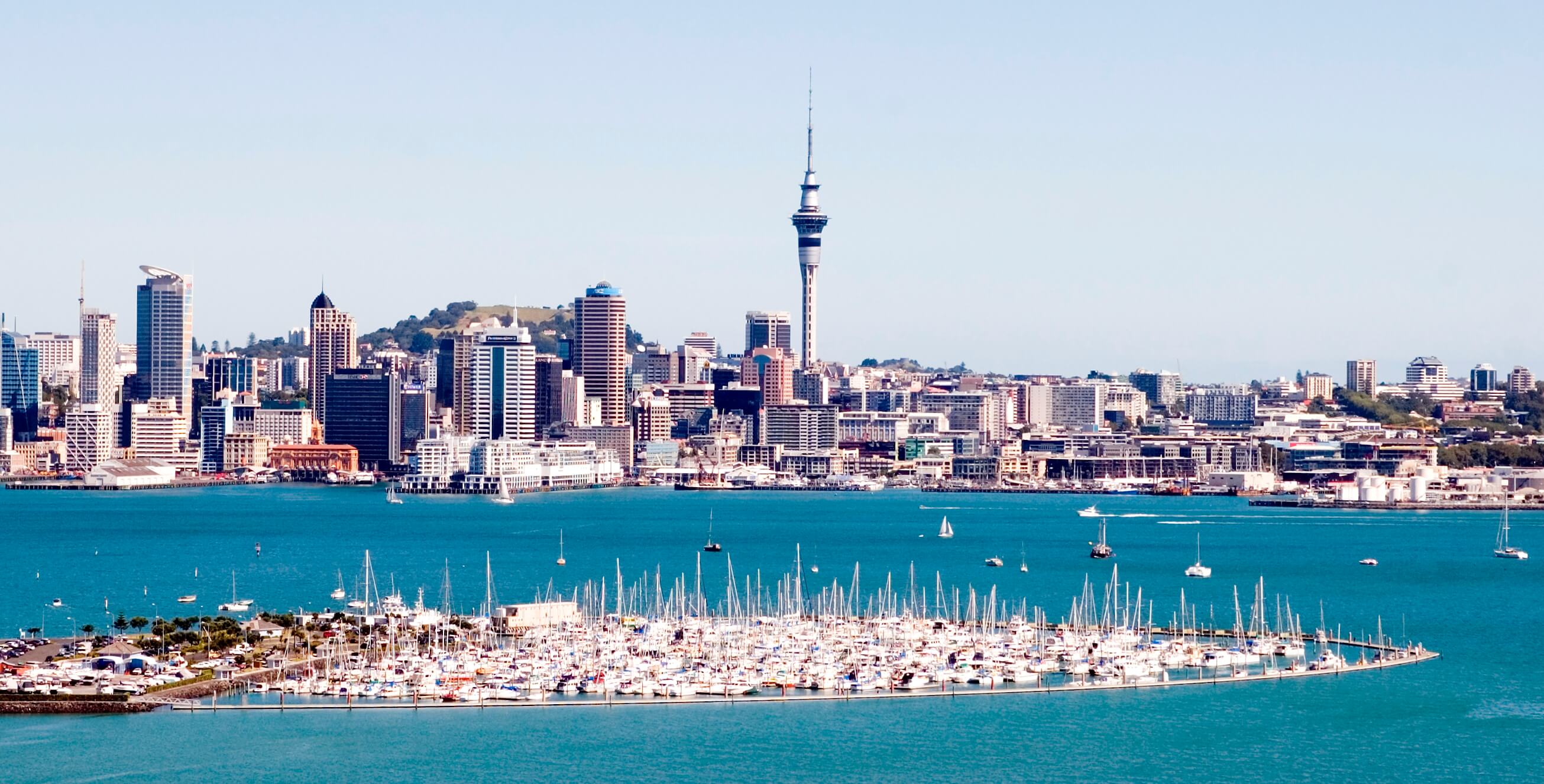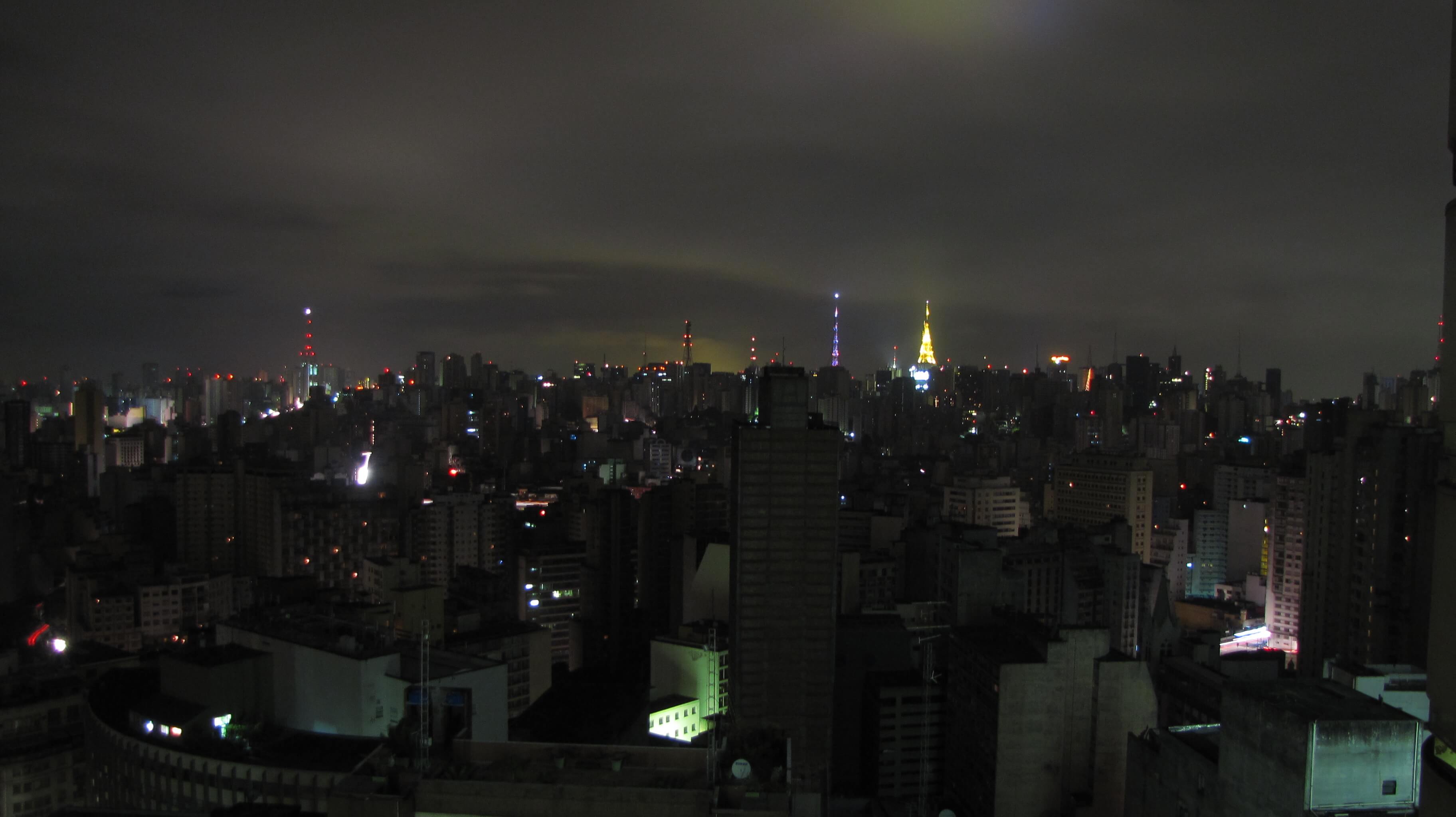ISABEL RUBIO ARROYO | Tungsteno
Imagine a life without television, internet, fridge, microwave or air conditioning. A recent preventive campaign by the Austrian Ministry of Defence about a possible "major power blackout" has led millions of people to consider this hypothetical situation. Although power outages in much of the world are usually temporary and to some extent controlled, millions of people have gone hours, days and even months without electricity. We take a look at the most high-profile mass blackouts in history.
Two major blackouts in New York City
Despite being known as the city that never sleeps, New York has suffered several large-scale blackouts that have plunged it into darkness. On 9 November 1965, a power outage affected 30 million people in eight US East Coast states and the inhabitants of the Canadian provinces of Ontario and Quebec for 13 hours. Just after 5 p.m., at the height of rush hour, the lights began to flicker in New York and, within seconds, the blackout affected Manhattan, the Bronx, Queens and most of Brooklyn. In Brooklyn alone, 800,000 people were trapped on the subway. Trains stopped running and planes circled darkened airports before finding emergency runways.
With nearly all the television stations in the effected regions off the air, the dearth of information led to various unsubstantiated theories emerging; while some people blamed UFOs for the power outage, others feared it was a communist plot. But in reality the failure was caused by a breakdown in the power grid protection system. To manage the incident until it returned to normal, 10,000 National Guardsmen and 5,000 off-duty policemen were called in. During the night the power was gradually restored.
The calm reaction of New Yorkers to the 1965 blackout stands in stark contrast to what happened eleven years later. On 13 July 1977, a storm-induced power outage went down in history as "the Big Blackout" and plunged New York into chaos for almost 24 hours. LaGuardia and Kennedy airports were closed and commuter rail lines were shut down. Approximately 4,000 people had to be evacuated from the subway system. But if there was one thing that characterised this event, it was that it led to a great deal of looting and public disorder. In the midst of an economic crisis, people took the opportunity to steal everything they could get their hands on, from clothes pegs to luxury cars. During this blackout, more than 1,000 fires broke out and 1,600 shops were damaged in looting and rioting.
On 13 July 1977, a blackout plunged New York into chaos for nearly 24 hours. Credit: NBC New York.
Five weeks without power in New Zealand
Among the longest blackouts in history, the one in Auckland stands out. In 1998, parts of the downtown of this New Zealand city were without electricity for five weeks. The power cut began on 19 February in the heart of the city. Mercury Energy Limited supplied electricity to the entire central business district mainly through four power cables. Two of them failed due to unusually hot and dry conditions while the other two later stopped working due to the increased load caused by the failure of the first two cables. It took 66 days for the power supply to be restored.
With the traffic lights off, traffic initially became chaotic in the city centre. Later, some streets were almost deserted, while on others, people quickly got used to driving without the help of the city's thousands of traffic lights, according to the New Zealand website Stuff. During the first few days of the blackout, power came and went unpredictably. People got trapped in lifts. Fire alarms went off randomly. Security doors locked when they were supposed to be open and stayed open when they should have been closed.
To cope with the blackout, noisy generators were used. These devices, sourced from the rest of New Zealand and Australia, were placed on pavements to provide temporary power. Even so, the incident had a major impact on tourism—up to 40% of hotel bookings were cancelled—and on some businesses. More than 70,000 people worked in this district and many were forced to telecommute from home or other relocated offices. For example, the Bank of New Zealand closed its nine branches in the central business district and transferred employees to other buildings. Small businesses suffered the most. The number of customers in cafes, pubs and clothes shops fell dramatically. Of the 1,000 retailers in this district, only about 200 remained open during the incident.

In 1998, some downtown Auckland neighbourhoods were without power for five weeks. Credit: Bayswater marina / Creative Commons.
The blackout that affected 10% of the world's population
The largest power outage in history by number of people affected took place in Northern India. On 30 and 31 July 2012, two severe blackouts occurred, the second of which affected some 670 million people—half the country's population, or almost 10% of the world's population. The collapse occurred due to an overload of two of the country's four power grids, in the north and east, paralysing transport. In addition to immobilising several trains on the tracks, multiple subway cars had to be evacuated and thousands of traffic lights went out, provoking long-lasting traffic jams.
The blackouts also knocked out power to hospitals, businesses, shops and private homes for several hours. "There is no water, and I have no idea when electricity will return," Kirti Shrivastava, a 49-year-old housewife, told The New York Times. She said the people in her neighbourhood were "really tense." "Even the shops have now closed. Now we hope it's not an invitation to the criminals!".
This was not the first such incident in India. In recent years there have been other power outages in India due to inadequate infrastructure and a lack of energy. In fact, localised blackouts are so common that in some areas the disruption from these two major incidents was barely noticeable. Many businesses, hospitals, offices and middle-class homes had back-up diesel fuel generators in case such a situation arose.
In July 2012, two major mass blackouts in India affected more than 600 million people. Credit: Al Jazeera.
In addition to these incidents, other major power outages have caused chaos in places such as Bangladesh, Indonesia, Brazil and Pakistan. This last country suffered a massive blackout in January 2021 that left 80% of the country in the dark due to a fault in the electricity grid. The causes of this type of disruption are varied, from a fault in a power station to short circuits, overloads, failures in the power transmission or distribution system, storms, cold snaps or earthquakes. Juliet Mian, technical director of the Resilience Shift initiative, says that protecting power grids from any type of failure is "almost impossible." The systems are so complex that such failures can "cascade and become more widespread." She insists, however, that the key is to remain prepared. "What we can do is design our systems so that they can respond and recover quickly," she concludes.
· — —
Tungsteno is a journalism laboratory to scan the essence of innovation. Devised by Materia Publicaciones Científicas for Sacyr’s blog.
